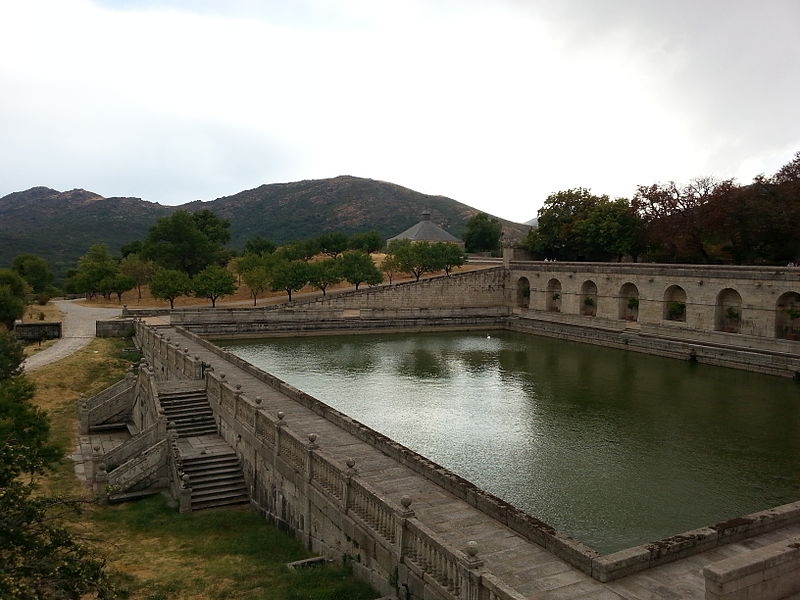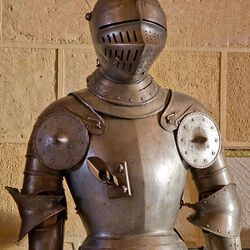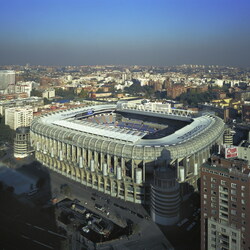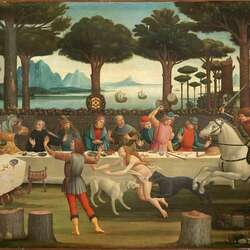Escorial
Not far from Madrid, in Spain, the residence of the ruler of the country, Philip II, who ruled on these lands from 1556 to 1598, was erected. This rectangular monastery of St. Lawrence, which rises on a hill surrounded by forests, is an Escorial, which was built as a "temple for God", as well as a "cell for the king."

For the first time, memories of the Escorial were recorded in 1557, it was at this time that the soldiers of Philip II defeated the French army. At that time, the parishioners of the church commemorated St.Lawrence, who was a victim of violence. The Escorial in Spain has a rectangular shape for a reason, because its history is directly related to the grill-brazier, which has the same shape as the monastery itself. It was on it that the Romans burned the Christian martyr St. Lawrence. This torture device is repeated many times in the interior of the temple. To this day, the local monastery has also survived, which, at that time, occupied most of the entire complex.
The construction of the Escorial lasted for 20 years. A talented architect who was a pupil of Michelangelo himself worked on it.
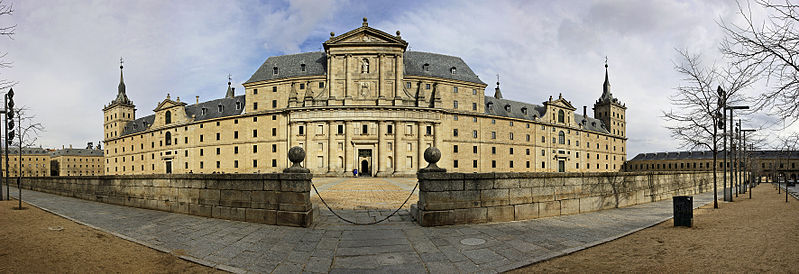
The escorial has the form of a rectangle, measuring 208x162 meters. The material for the construction was gray granite. The complex accommodates 16 courtyards inside, 15 different galleries, as well as more than a dozen chapels and 300 cells. There are many stairs, towers, and just a huge number of windows and doors belonging to this building. The galleries that belong to the Escorial house more than 1,600 different works.
The escorial has a rather strict look. The king's own chambers were located in such a way that they could easily get to the altar. In one part of the building there is a library, the appearance of which is very refined and quite restrained. There are some of the most valuable scrolls and various books here, which, in their value, can only be given up by the Vatican. In this library, all books are preserved with their spines in the middle, and this is the only place in the world where bindings are thus taken care of.
The walls of residential buildings are decorated with paintings, among which you can find masterpieces by very talented and famous artists. The local collection of wall carpets, which is on display in the palace, is highly appreciated.
The Escorial also serves as a mausoleum, which was intended for Father Philip II, whose remains were transported here in 1586. All the subsequent kings of Spain are buried in this place.
The Escorial is a landmark in Spain, which has served for many centuries as a palace, monastery, residence of the king, as well as a mausoleum. Opinions about this ancient structure are divided among modern tourists, as for some it is the "eighth wonder of the world", while others insist that it is just an "architectural nightmare".
